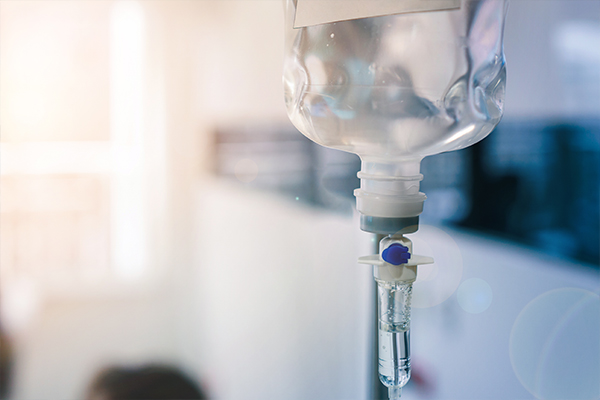Drug shortages are a major pain point in the pharmaceutical industry, which is having a widespread effect on the healthcare industry as a whole. While new drug shortages are largely on the decline, many active shortages aren’t going away, leading to a problem that’s only getting worse with time. At the end of 2019, the number of active drug shortages had grown to a total of 264 cases.
Some shortages are hard to identify, leading to negative patient outcomes before the problem is fully recognized. They can also occur for practically any reason, including:
- Regulatory delays
- Drug discontinuation
- Raw material shortages
- Increased demand
- Natural disasters
The diversity of causes means that shortages aren’t just restricted to medications in the typical sense. Recent critical shortages include small-volume parenteral (SVP) saline solutions, sterile water for injections, electrolytes, and local anesthetics – all of which can delay or impair a patient’s treatment.
With these critical shortages, hospitals are seeing the impact of these shortages more than anyone since they heavily rely on these resources. For instance, an ASHP-conducted survey found that, after an SVP shortage, 75.6 percent of surveyed hospitals reported that they were severely impacted by the shortage. Various methods of combatting the shortage included:
- Using imported products
- Having nurses perform an IV push
- Purchasing pre-mix solutions and frozen products
All of these strategies forced staff away from other duties and caused the hospitals to incur greater costs. According to a 2019 study from the Vizient Drug Shortage Task Force, drug shortages are costing facilities at least $359 million per year, just from the cost of labor alone.
The study also found that of 365 participants, 100% of the surveyed facilities were affected by drug shortages in some fashion. Researchers estimate that hospitals spend an additional 8.6 million personnel hours every year managing the impact of drug shortages. Buyers and purchasing agents take the biggest hit, spending an average of 12 hours every week on managing drug shortages.
Until the issue of drug shortages can get under control, hospitals will continue to be pained with the lack of quality resources.

